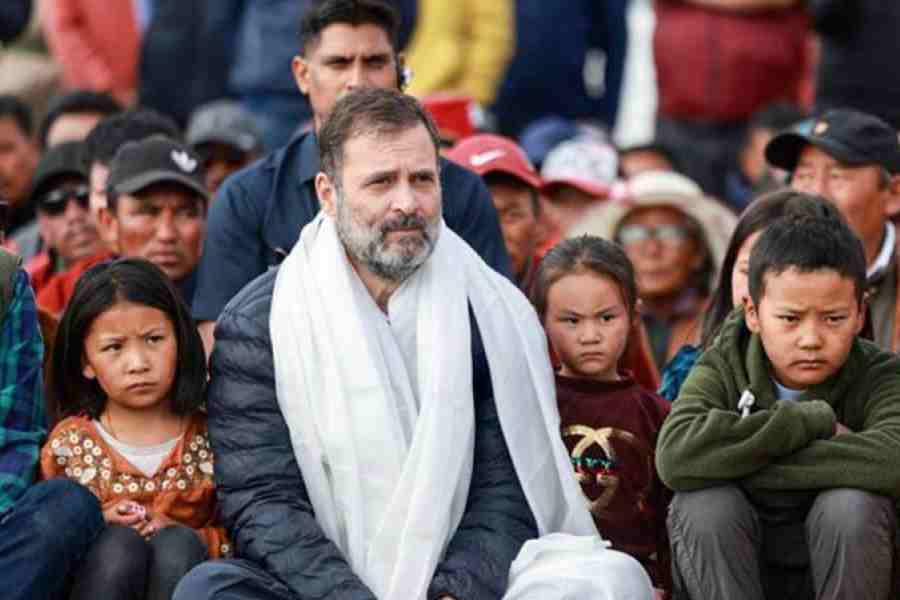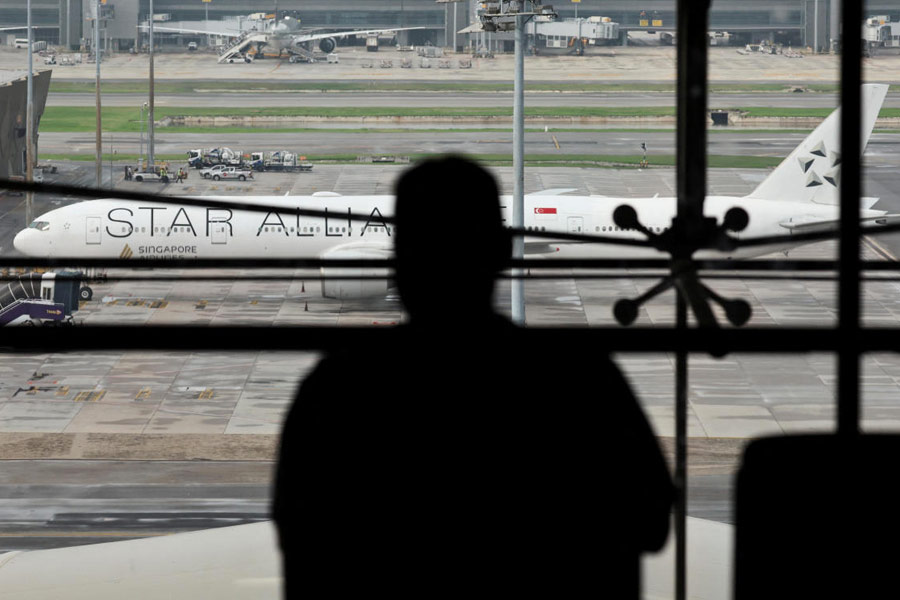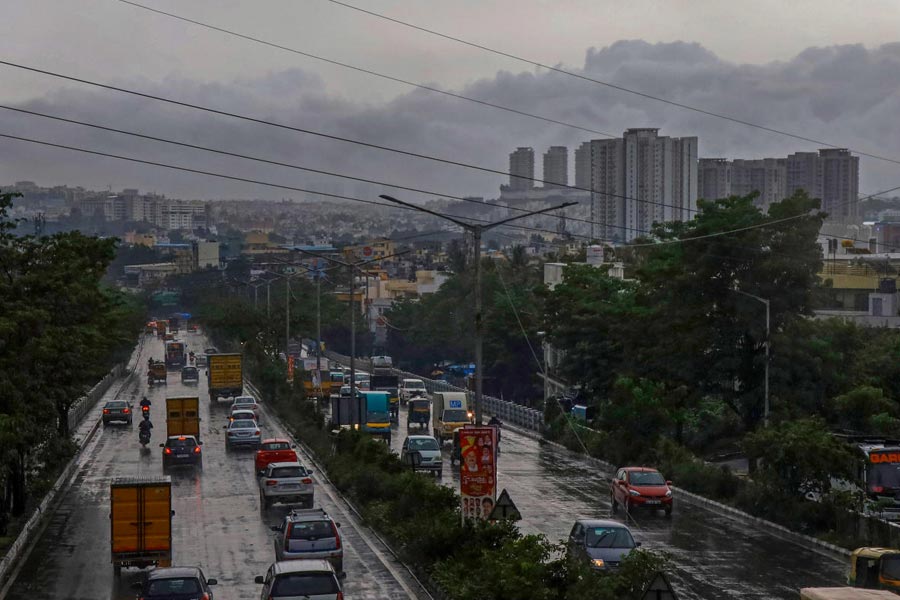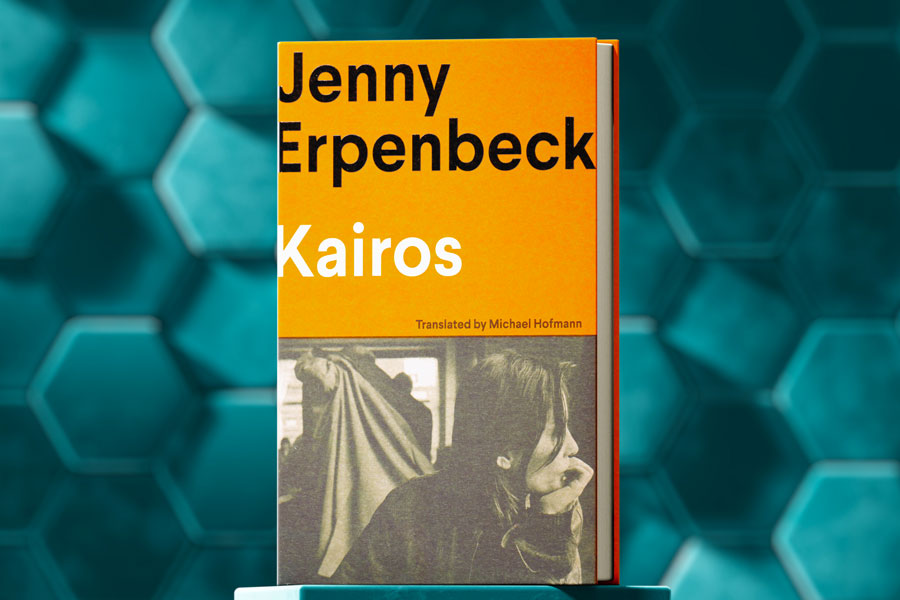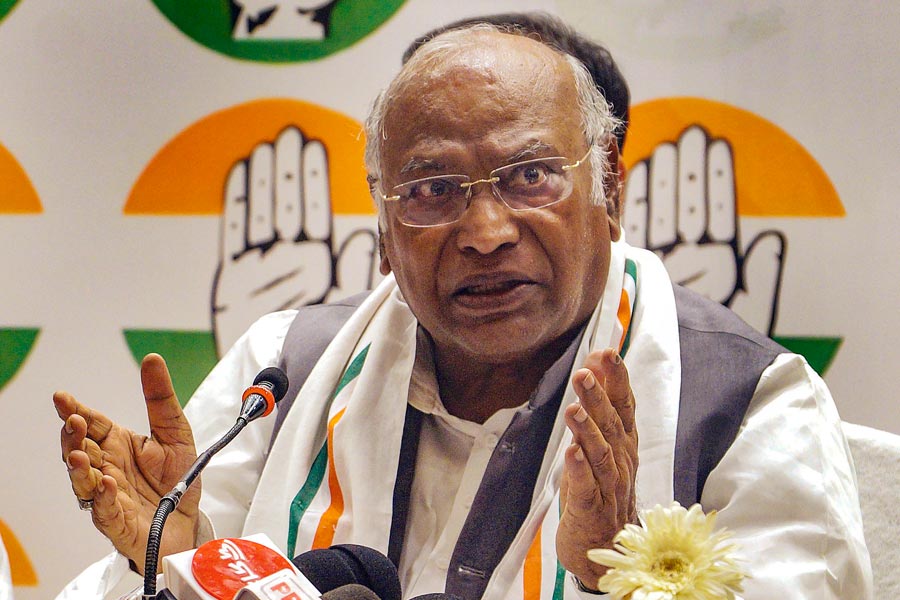The Indian Army is holding major general-level talks with their Chinese counterparts for the past four days to “restore the patrolling rights of Indian soldiers inside India-claimed lines” in eastern Ladakh, after the 19th round of talks failed to achieve any breakthrough early last week, sources said on Monday.
A former lieutenant general wondered whether back-to-back talks were a precursor to striking some deal with the Chinese army ahead of the scheduled visit of Prime Minister Narendra Modi and Chinese President Xi Jinping to Johannesburg for the BRICS summit on August 22-24.
“This is probably the first time that the major general-level talks between the two sides are continuing for four days. It appears that the Indian side is trying to strike some kind of a deal with the Chinese ahead of Modi’s visit to attend the BRICS summit, which is also being attended by Xi Jinping,” he told The Telegraph.
So far there has been no official statement from the government on the ongoing talks.
“The major general-level talks between the two sides started on Friday and are still continuing. During the talks we have pressed for the restoration of the patrolling rights of our soldiers who have lost presence in 26 out of 65 patrolling points in the region since the border standoff in May 2020,” a security official attached to the Union home ministry said.
The major general-level talks, he said, started after the corps commander-level deliberations on Monday and Tuesday failed to make any headway, with the People’s Liberation Army refusing to disengage from the strategic Depsang Plains.
A research paper submitted by an IPS officer, posted in Ladakh, during the DGPs’ conference in Delhi in January had flagged how India had lost access to 26 of its 65 patrolling points in eastern Ladakh following the Chinese incursion in the region. The conference was attended by Modi, home minister Amit Shah and national security adviser Ajit Doval.
Sources in the security establishment said the Chinese army had earlier violated disengagement protocols by installing high-resolution cameras at multiple demilitarised “buffer zones” inside India-claimed lines to keep an eye on the movement of Indian soldiers.
Besides military veterans, elected representatives in Ladakh have also expressed concern at India agreeing to no-patrolling “buffer zones” within its territory as part of the disengagement process with the Chinese, saying this has hurt the livelihood of Indians living there.
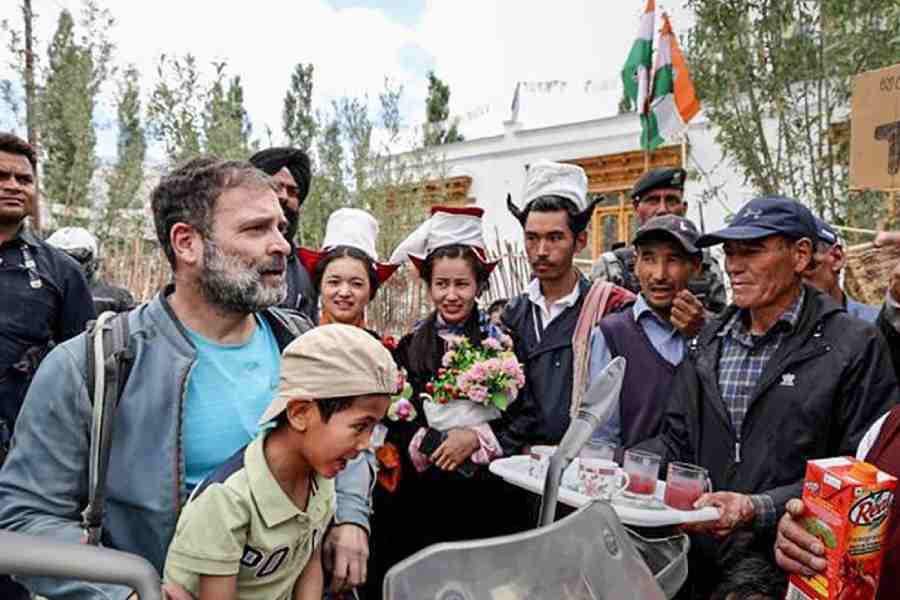
Congress leader Rahul Gandhi interacts with supporters during a bike ride in Leh, Ladakh, Monday, Aug. 21, 2023. Rahul is presently touring Ladakh as part of a special visit to commemorate his late father Rajiv Gandhi's birth anniversary. PTI picture
Last November, Konchok Stanzin, an Independent member of the BJP-ruled Ladakh Autonomous Hill Development Council — the region’s highest elected body — had said the creation of the buffer zones had blocked villagers’ access to grazing land for their livestock.
On Sunday, Congress leader Rahul Gandhi had during a visit to Pangong flagged how people in Ladakh were affected badly by China snatching the land where they grazed their cattle. He said Modi’s claim that China has not occupied an inch of Indian territory had no takers in Ladakh.
“They can’t go there. They all are clearly saying this. The Prime Minister said not an inch of land was taken but that is not the truth. You can ask anybody. They will tell you,” Rahul told journalists.
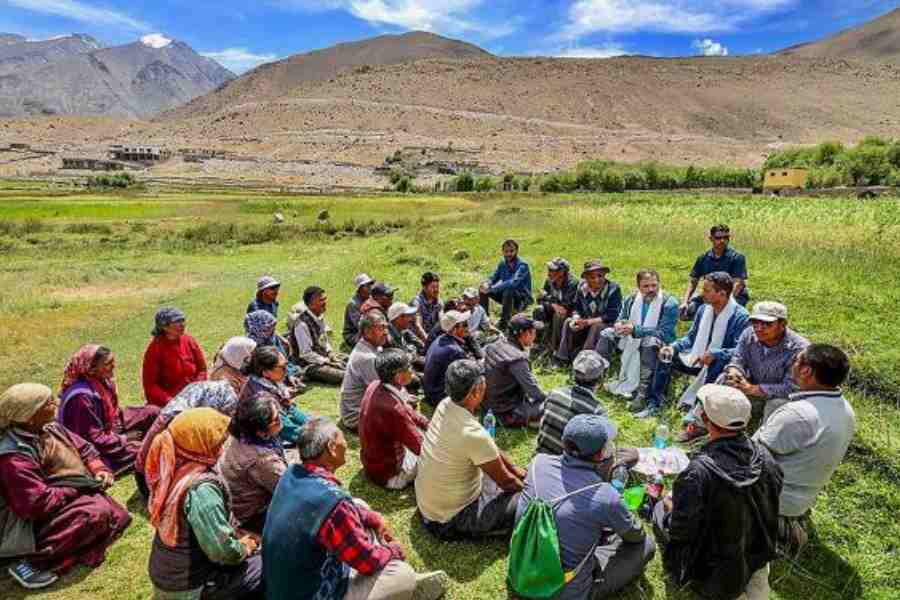
Congress leader Rahul Gandhi meets local people at Khardung La in Leh district, Ladakh, Monday, Aug. 21, 2023. PTI image
Ladakh was the site of the worst confrontation in decades between the two countries in 2020, when the Chinese army killed 20 Indian soldiers in the Galwan Valley.
As part of the disengagement agreements in Ladakh, Indian and Chinese troops have retreated by equal distances from the flashpoints of the Galwan Valley, south and north banks of the Pangong lake, Hot Springs and Gogra, leaving demilitarised buffer zones in between. This means the Chinese still remain within the India-claimed lines they have transgressed while India has given up control over more territory that it claims as its own.
The Indian Army has maintained that buffer zones were created as a temporary measure to ease tension between the two sides. Defence ministry officials’ stock response has been that the “buffer zones are temporary, and India has not given up its right on those areas”.
Military veterans, however, fear that the Chinese plan to turn the buffer zones into “a new status quo” and would not go back to the April 2020 status quo.


